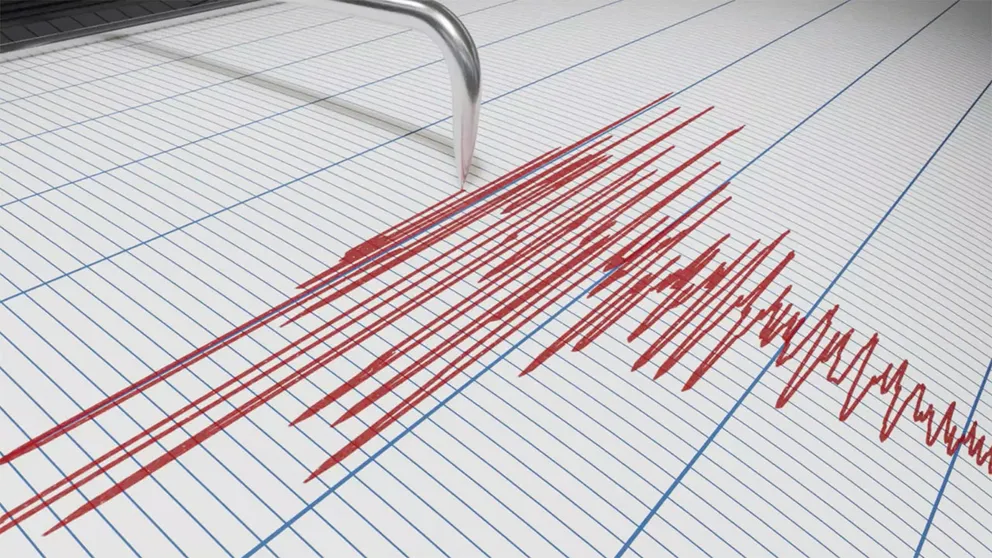What are the types of faults and how do they relate to earthquakes?
Faults can range in length from a few feet to thousands of miles. The four fault types are normal, reverse, strike-slip and oblique-slip.
Why earthquakes are felt differently in the US
While you may think quakes are a western U.S. problem, some of the largest temblors in U.S. history have happened in the East.
Earthquakes happen when there is rapid movement between a fault – a fracture or zone of fractures between two blocks of rock.
According to the U.S. Geological Survey (USGS), faults allow the blocks of rock to move relative to each other. They can range in length from a few feet to thousands of miles.
The fault surface can be horizontal or vertical or some angle in between. During an earthquake, the rock on one side of the fault suddenly slips against the other.
The USGS said Earth scientists use the angle of the fault with respect to the surface – also known as the dip – and the slip direction along the fault to classify these fractures zones.
There are four types of faulting – normal, reverse, strike-slip and oblique.

When the rocks move past each other along fracture surface, it is called a faulting.
(South Carolina Department of Natural Resources)
Normal fault
Faults that move along the direction of the dip plane are dip-slip faults, according to the USGS. They are described as either normal or reverse depending on their motion.
According to the USGS, a normal fault is where the block of rock above the fault has moved downward relative to the block of rock below.
This dip-slip faulting occurs in response to extension and is often observed in the western U.S. Basin and Range Province and along oceanic ridge systems.
EAST VS. WEST: WHY EARTHQUAKES ARE FELT DIFFERENTLY ON EITHER SIDE OF THE U.S.
Reverse fault
A reverse fault is when the upper block of rock, above the fault plane, moves up and over the lower block of rock, the USGS said. When the dip angle is shallow, a reverse fault is often described as a thrust fault.
This faulting is common in areas of compression when one plate is subducted under another, like in Japan.
THESE ARE THE WORLD'S MOST POWERFUL EARTHQUAKES ON RECORD
Strike-slip fault
Faults that move horizontally are known as strike-slip faults. They are classified as either right-lateral or left-lateral.
When the displacement of the far block of rock is to the left when viewed from either side, the fault is classified as a left-lateral strike-slip fault. A right-lateral strike-slip fault is just the opposite.
Oblique-slip fault
Faults that show both dip-slip and strike-slip motion are known as oblique-slip faults, according to the USGS.
